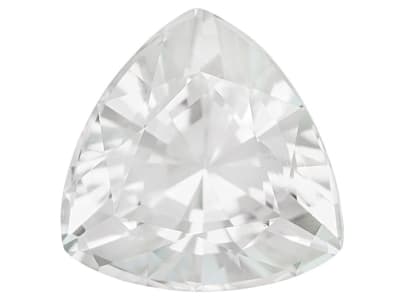Achroite refers to the colorless variety of tourmaline. It gets its name from the Greek word "άχρωμος" or achroos which means without color. The material is almost always the elbaite variety tourmaline, but not always. Many specimens are included, or fibrous, clean gemstones are very rare and especially prized by collectors. Most Achroite is untreated, but some pale colored tourmaline might be heated to remove color. Most stones contain Manganese and Magnesium. The material from the Island of Elba, Italy will fluoresce. Some of the best examples come from Afghanistan, Namibia, Pakistan, and the United States.
General Information
LWUV: Blue: material from the Island of Elba, Italy
Achroite Colors
-
 Colorless
Colorless
Countries of Origin
Tanzania, United Republic Of; Afghanistan; Czechia; Sri Lanka; United States of America; Madagascar; United Kingdom of Great Britain and Northern Ireland; Bolivia (Plurinational State of); India; Spain; Unknown; Namibia; Italy; Australia; Nepal
History
Achroite was originally discovered on the island of Elba, Italy in 1913.
Care
Normal Care
